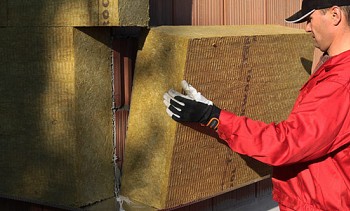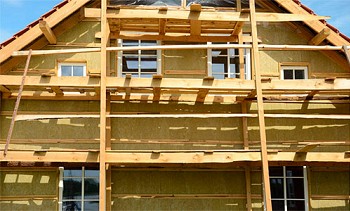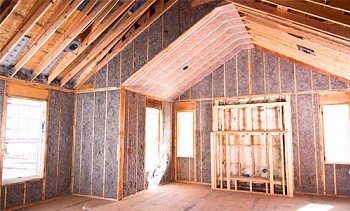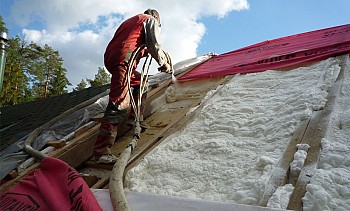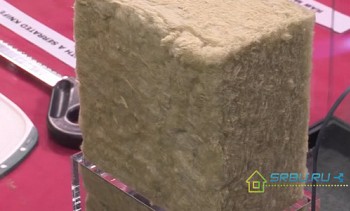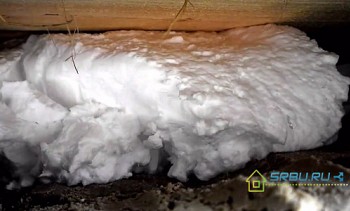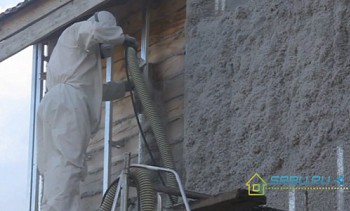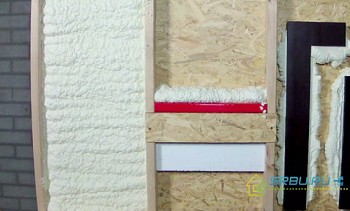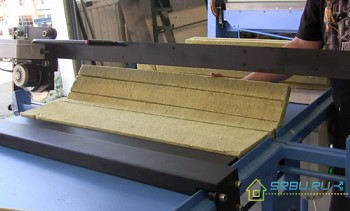Which mineral wool is better for insulation - stone or glass wool, a comparison of materials
To understand which mineral wool is better for warming an attic, walls, basement, metal doors or other building elements, you need to understand well the features of mineral wool insulation and their characteristics. In this article, two common types of mineral wool are compared in many ways, which will help to choose the most suitable insulation for a particular place of operation.
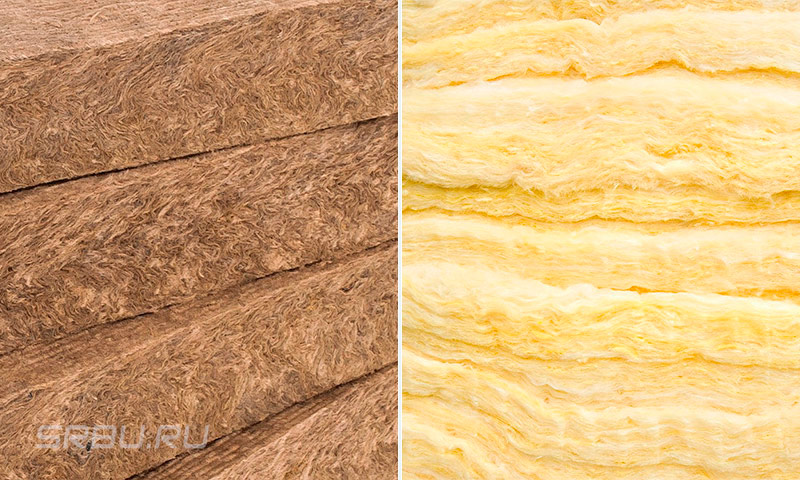
Content:
- Types of mineral wool and their difference
- Thermal conductivity
- Density and weight of materials
- Vapor permeability
- Water absorption
- Range of working and maximum temperature
- Shrink susceptibility
- Which of the materials is more environmentally friendly
- Combustibility of materials
- Durability
- Chemical resistance
- Soundproofing properties
- Ease of installation
- Material cost
- Summary table comparing stone wool and glass wool
- In which case is it better to use one or another type of mineral wool
Types of mineral wool and their difference
Mineral wool has a fibrous structure of various kinds, which can be:
- horizontal
- vertical
- corrugated (wavy);
- combined (mixed).
Due to the thin cross-section of the fibers and the air mass, it is light and convenient for transportation and installation. The small diameter of each thread helps to slow down heat transfer, so it will be warmer for a small layer of 50-100 mm than for masonry of the same width. The range of applications of the material begins from the insulation of walls, floors and ceilings, to the isolation of highways with liquid carriers, industrial tanks.
Among the well-known manufacturers of mineral wool can be identified:
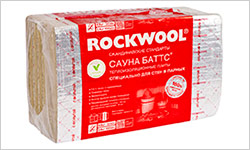
Rockwool
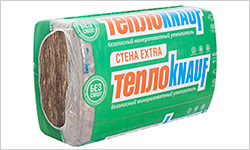
Knauf.
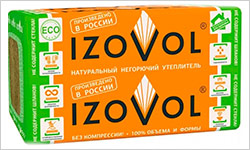
Izovol.
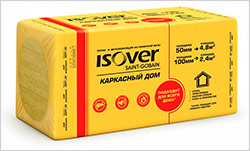
Isover.
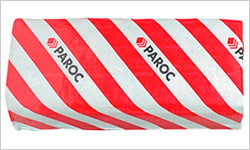
Paroc.
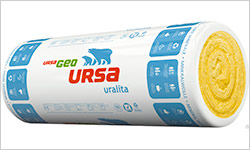
Ursa.
In addition to mineral wool, the names “basaltic”, “stone”, “slag” and “glass wool” are well-known. Some buyers, trying to figure out which is better - stone wool or mineral wool, turn to sellers in the market or in the supermarket with similar questions and inevitably cause a smile on their face.
It is worth immediately clarifying: all materials having a similar fibrous structure and used for sound and heat insulation are called mineral wool. That is, stone or basalt, as well as glass wool - these are all varieties of mineral wool. Talking about the advantages of mineral wool does not make sense, since this is the common name for a group of fleecy heaters. Consider what they are individually and what are the features of each of them.
The materials used for insulation of vertical and horizontal surfaces, as well as sound insulation are prescribed in GOST 52953-2008. They are divided into three types: glass wool, stone wool and slag. The latter is made from molten slag, which is a by-product of the operation of blast furnaces. Due to its weak structure and high tendency to absorb moisture, it is not very suitable for warming rooms and will not be considered in this comparison.
Glass wool (glass wool)
Glass wool production is similar to glass manufacturing. For the base, sand, borax, limestone and soda are taken. Glass breakage can be used, which is the use of recyclable materials and gives even greater process savings at cost.
The substances are mixed and fed into the hopper. The composition is heated to a temperature of 1400 degrees, so that it melts, turning into glass. But he is not allowed to freeze. Liquid hot substance is passed through dies to a special centrifuge. Due to the large centrifugal force and the effect of steam, the material is divided into multiple thin glass filaments.
In order for the fibers to stick together better, polymeric substances acting as binders are added to the composition. Often these are formaldehyde resins, the amount of which can reach 4% of the total mass.In the glass wool of the last years of release, new developments are found where the oil composition is used, which increased the strength of the final product.
The combined mass is dried at a temperature of 250C, which fixes the polymerization. During this process, the fibers harden and get a yellowish color. After final cooling, it is cut and packaged for sale. The product can be delivered in plates or rolls differing in thickness and density, which is important to pay attention to when choosing.
The thickness of the resulting fibers can vary from 5 to 15 microns, and the length of the filaments from 15 to 50 microns. When thousands of such fibers are woven together, it gives sufficient strength and does not allow the material to disintegrate. But individually, each thread is fragile, so it is easily damaged by impact. The consequence of this is itching and irritation on the skin, when invisible fragments dig into bare parts of the body.
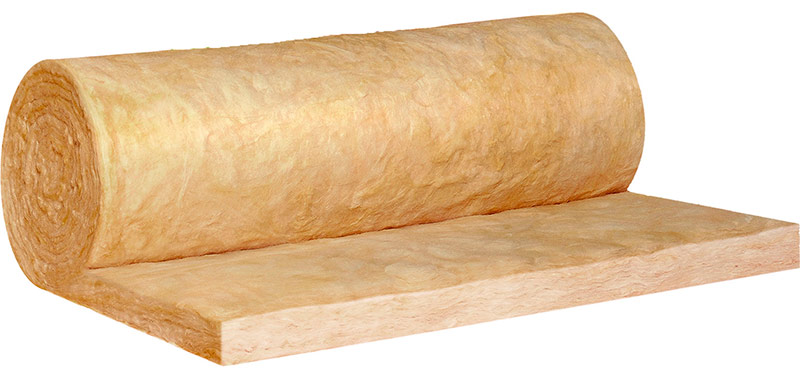
Glass wool in a roll.
Basalt (stone) cotton wool
For the production of basalt insulating slabs, rock is used (most often of volcanic origin, frozen on the surface). Hence the second name is stone wool. Raw materials are melted in furnaces to a temperature of 1500 degrees and fed to a centrifuge. High speed rotation helps to separate fine threads from the total mass. The resulting fibers are immediately subjected to the addition of binders (the same formaldehyde resins and petroleum compositions). Under high air pressure, the materials are pushed into the chamber, where it cools and condenses, forming a fleecy substance. With the help of mechanical cutting, they give it shape and size.
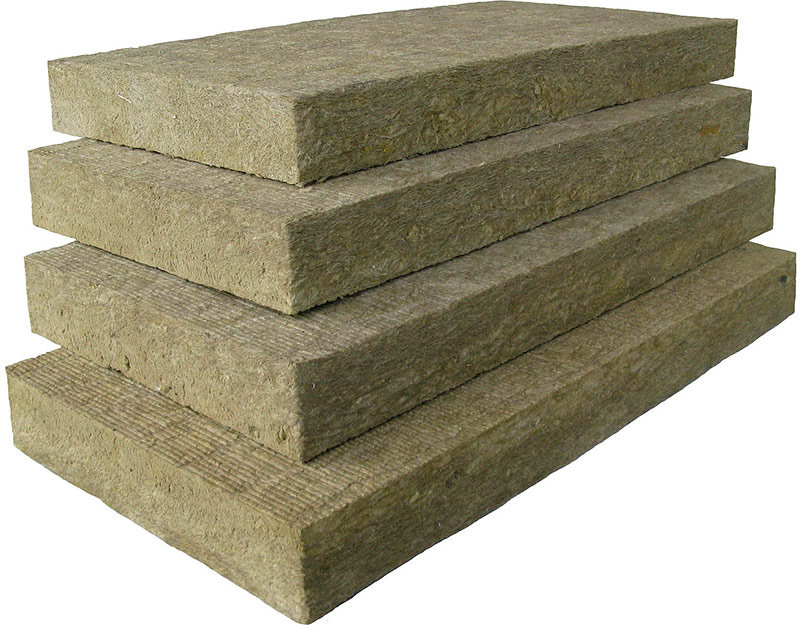
Basalt cotton wool in the plates.
Basalt cotton wool is produced in the form of rolls or plates. The thickness of the taken separately fiber is 3-5 microns, and the length does not exceed 16 mm. Therefore, the material has low thermal conductivity and is more durable. Due to the production from rock, the threads are not so brittle, and do not stick into open areas of the body.
Having received a general idea of the methods of production of types of insulation, you can go to the details. To find out which is better - stone wool or glass wool, consider the key characteristics of each material and select the leader by position.
Thermal conductivity
Thermal conductivity is the ability of a material to transfer thermal energy from a warm part of a material to a colder one. When it comes to insulating walls or floors, the lower the indicator, the longer the external cold will not be able to penetrate the room, and therefore, heating costs will be reduced. In the summer heat, thermal conductivity plays the opposite effect and helps to keep cool inside the house.
Due to the fibrous structure, heat transfer through mineral wool depends on the thickness of the threads. Glass wool with fibers of 5-15 microns has a thermal conductivity of 0.038-0.046 W / (m * K). And basalt wool, with fibers with a cross section of 3-5 microns, begins its minimum value from 0.033 W / (m * K). Since the basalt warp insulation is thinner, the heat transfer through them takes longer, which makes it a leader in this characteristic.
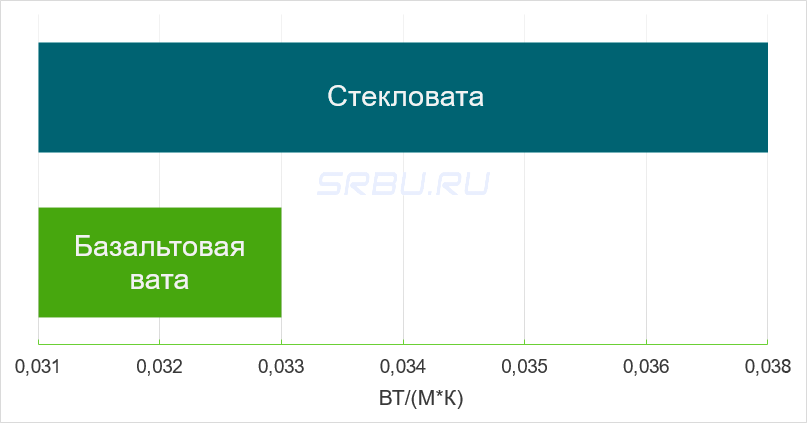
Density and weight of materials
Density affects the weight of the material. The denser the plate, the more weight it will have on the insulated structures. Glass wool has a density indicator of 11 to 200 kg / m3. Stone wool is available with a density indicator of 15-220 kg / m3.
With the same dimensions of the roll, stone wool is denser and unequivocally leading, but this victory has a second side - weight. In the case of a ceiling, second floor floor or walls, basalt slabs will exert greater pressure on the structures below them, which must be taken into account at the design stage.
Vapor permeability
Vapor permeability refers to the ability of a material to pass water vapor in the air through it. Glass wool has an indicator of 0.4-0.7 mg / (m / h Pa), and its competitor is able to pass moisture at a speed of 0.3 mg / (m / h Pa), which is slightly less.
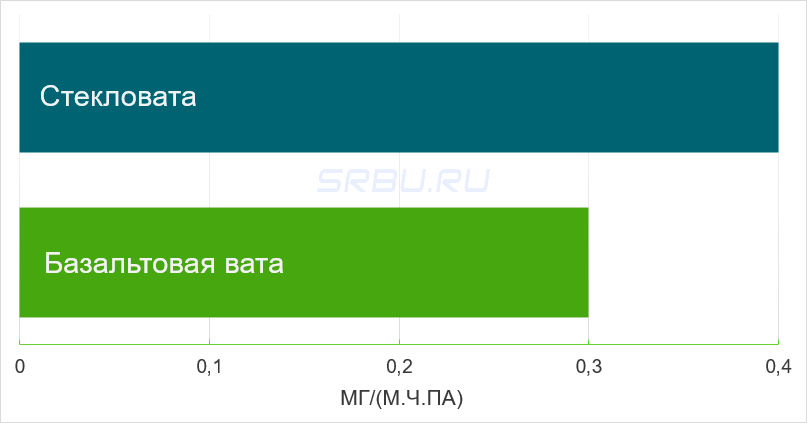
Water absorption
If there is a possibility that the structure in which the insulation is laid can come into contact with water, then an indicator of water absorption is important, which tells how quickly the insulation layer gets wet. When wet, its properties deteriorate significantly, therefore, to choose a heater in the front door or filling the walls in the bath should be given priority.
Glass wool water absorption is 1.7% of the mass in 24 hours of direct contact with water. Basalt slabs have a value of 0.095%, which makes it twice as good in this category.
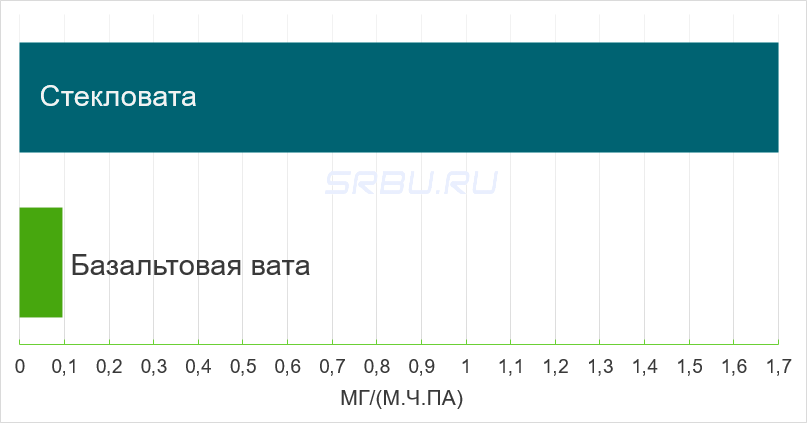
Range of working and maximum temperature
This parameter affects the place of use, especially if the insulation will be laid on the roof or next to a heat source (boiler, heating radiators). The glass wool temperature range is from -60 to + 450 ° C. Stone wool can withstand even greater take-off from -180 to + 750 degrees. Here, stone wool definitely surpasses its counterpart.
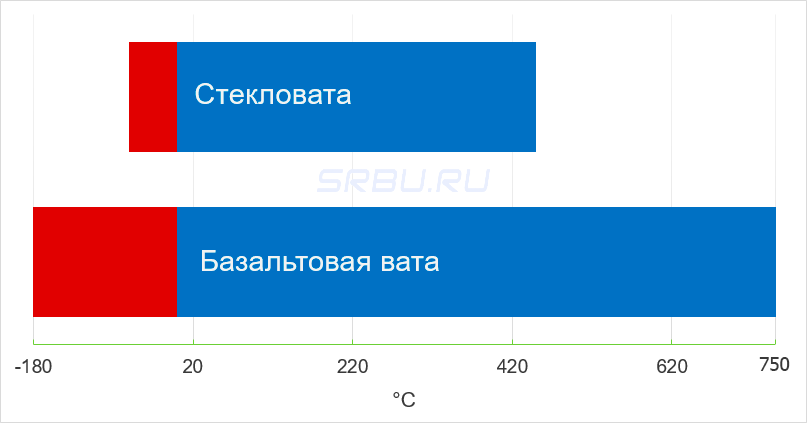
Shrink susceptibility
Shrinkage involves the sliding or caking of the insulation after some time. If the tendency of the material to shrink is high, voids without insulation can form and the building's insulation will deteriorate.
Here, the difference between basalt wool and mineral wool from fiberglass is the improved structure of the first. Part of the basalt wool fibers is located vertically, which prevents caking during the entire period of operation. What can not be said about glass wool, which with proper installation can last a long period, but over time it will still shrink. Most of the shrinkage undergoes glass wool embedded in horizontal structures, where, in addition to caking, material sliding can occur.
Which of the materials is more environmentally friendly
Both heaters are produced using the same technology, but from different raw materials. Sand and volcanic rock in themselves are exclusively natural materials, harmless to humans. Formaldehyde resins, which amount to 2-4% of the total mass and play the role of a binder, can be dangerous for respiratory organs, but they are contained in safe quantities. Both heaters here take first place in terms of environmental friendliness.
Combustibility of materials
According to the degree of fire resistance, all materials are divided into classes. There are categories from NG (non-combustible) to G4 (highly combustible or capable of igniting themselves). Both types of insulation wool are classified as NG. However, basalt wool can withstand higher temperatures as high as 7500C, without structural change. That allows it to be used even in fire doors and boiler rooms. Exposure to temperature 4500C and higher on glass wool leads to sintering.
Durability
Laying insulation in the walls or floor, users expect to redo this work as little as possible. The durability of glass wool is from 20 to 50 years. For stone wool, this indicator is immediately indicated on the packaging - 50 years. Here the palm belongs to stone heaters, but in practice it all depends on the correct installation and place of installation (in the dry floor of the bedroom the material will last longer than in the kitchen or in the bathroom).
Chemical resistance
This parameter is important, especially if you plan to fill the filler, and then painting or other surface treatment. The characteristic determines resistance to various chemical and biological environments. Resistance to alkali in glass wool is 6% weight loss, and for stone wool 6.4%, which makes it slightly worse, but in an acidic environment glass wool loses up to 38.9% of the mass when the basalt slab is only 24%, so the lead is behind it.
Soundproofing properties
The sound absorption coefficient of glass wool is 0.8 - 0.92, and stone wool 0.75 - 0.95. As can be seen from the indicators, both materials have good sound-absorbing properties, but glass wool is slightly superior to stone wool due to its lower density.
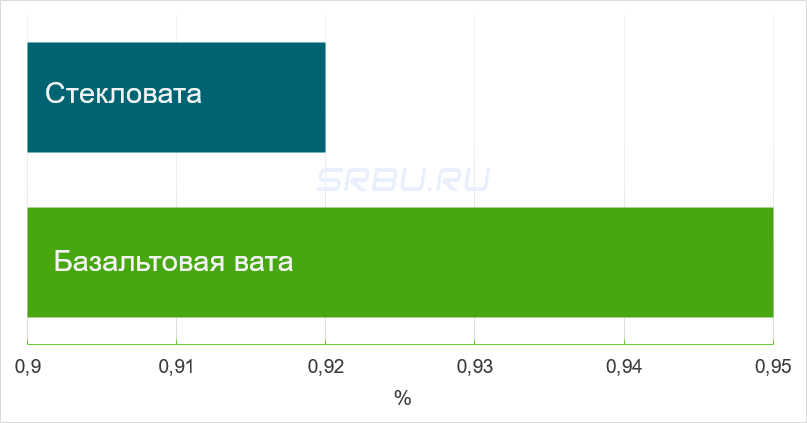
Ease of installation
Both materials are cut equally well. The compression ratio allows them to be conveniently inserted between rafters or racks, even if a slightly larger size is cut out.But glass wool is strongly pricked by glassy fibers, which injures the skin. Even with protective gloves, it penetrates between the threads of the fabric and causes harm.
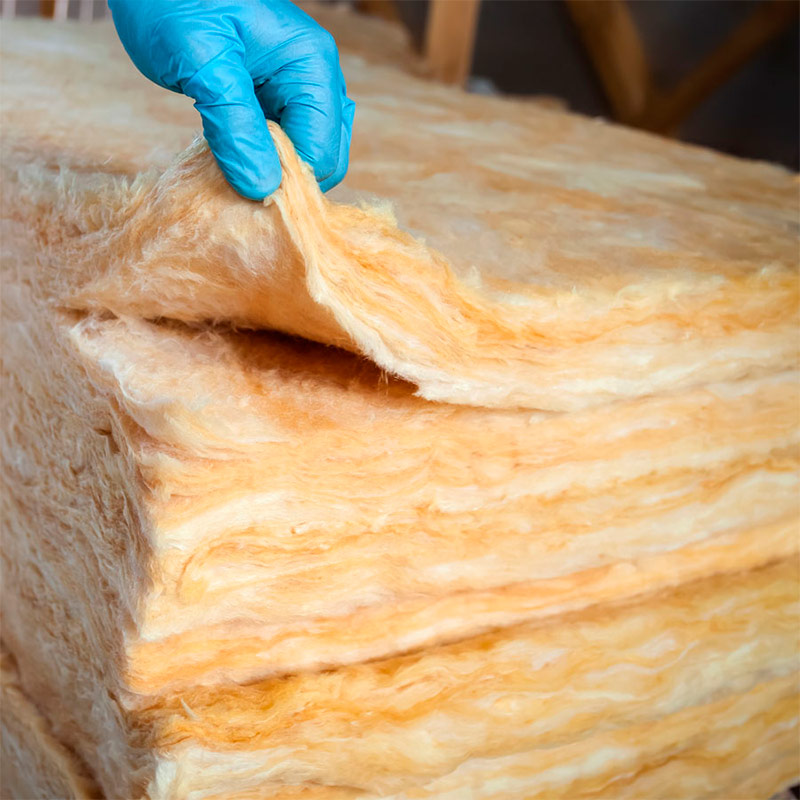
Stone wool is softer and does not leave itching, but there is more dust in the air from it (the fibers are thinner and lighter). But since you need to work with both types in a respirator, then, due to the lesser barbs, stone is clearly more convenient.
Material cost
The cost of materials depends heavily on the manufacturer (fame, place of issue), but if you try to compare, it is obvious that glass wool is at least half the price. Sometimes this indicator reaches 2.5-3 times. For example, for 1300 rubles you can buy 6 sheets of stone wool with a size of 1200x600 mm and a thickness of 50 mm. For the same amount of glass wool of the same size, it will turn out in the form of 8 sheets and their thickness will be 100 mm. Definitely a victory in price for glass wool.
Summary table comparing stone wool and glass wool
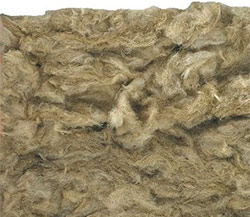 | 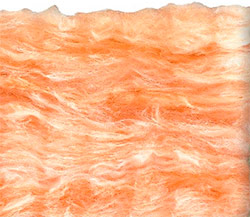 | |||||||
|---|---|---|---|---|---|---|---|---|
| Basalt (stone) cotton wool | Glass wool (glass wool) | |||||||
| Thermal conductivity, W / (m * K) | 0,038-0,046 | 0,035 – 0,042 | ||||||
| Specific gravity, kg / m3 | 15 to 220 | 11-200 | ||||||
| Weight | heavier | easier | ||||||
| Vapor permeability, mg / (m.p. Pa) | 0,3 | 0,4-0,7 | ||||||
| Water absorption,% by weight in 24 hours | 0,095 | 1,7 | ||||||
| Range of working and maximum temperature, 0C | -180 to + 750 | -60 to + 450 | ||||||
| Shrink susceptibility | not affected | subject to | ||||||
| Environmental friendliness | pure material | pure matter | ||||||
| Flammability | non-combustible material, withstands temperatures up to 7500FROM | non-combustible material, withstands temperatures up to 450 0C | ||||||
| Durability, years | 50 | 20-50 | ||||||
| Chemical resistance | high | average | ||||||
| Sound absorption coefficient | 0,75 - 0,95 | 0,8 - 0,92 | ||||||
| Mounting | more comfortable | less convenient | ||||||
| Cost | higher | smaller | ||||||
In which case is it better to use one or another type of mineral wool
When the differences between stone wool and fiberglass mineral wool are clear, you can determine for which places of operation which one is better:
1. Overlapping the attic or floors of the upper floors of a private wooden house is best filled with rolled glass mineral wool with a density of 11-15 kg / m3that does not create unnecessary loads on the structure.

2. Indoor walls can also be insulated with a glassy density of 11-15 kg / m3but in slabs that facilitate installation and increase placement strength.

3. To warm the roof slopes, it is best to use basalt slabs with a density of 100 - 120 kg / m3.

4. In places with high humidity (building facade, bath walls), it is better to use stone wool with a density of 20 kg / m or more3which is more resistant to water absorption. For installation, it is more convenient to choose the plates.

5. When a small structure does not imply thick solid walls (building trailer, garage), it is better to use mineral stone wool with a density of 150 kg / m3.

6. Where it is necessary to take care not only of insulation, but also to create an obstacle to the spread of a possible fire, it is recommended to use basalt slabs with a density of 200 kg / m or more3 or special foil

Having studied thoroughly all types and characteristics of mineral wool, you can proceed to the selection for a specific place of operation. Before buying, it is worth considering the width of the rolls or plates in order to avoid trimming the edges and speed up the installation.

